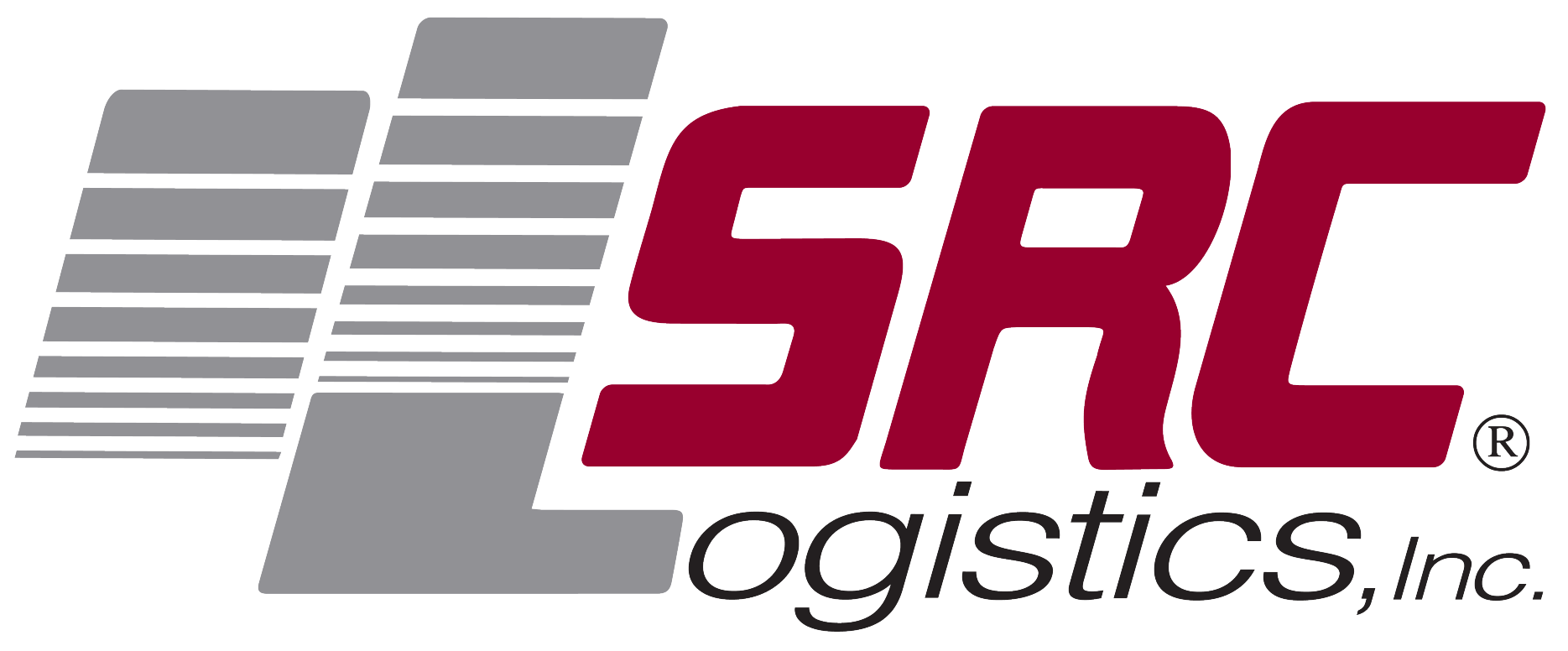FRA Administrator makes it clear that railroads need to focus on PTC plans, says report
The objective of Positive Train Control (PTC) systems is to prevent train-to-train collisions, overspeed derailments, and incursions into roadway work limits.
By Jeff Berman, Group News Editor
November 23, 2015
Even though an extension for railroads to implement positive train control (PTC) by at least three years to December 31, 2018, is now intact, when it was enacted by Congress and subsequently signed into law by President Obama late last month, a Reuters report indicated that does not mean by any stretch that the federal government will take its foot off the gas pedal, when it comes to ensuring that railroads have their PTC plans in place.
As previously reported, the objective of PTC systems is to prevent train-to-train collisions, overspeed derailments, and incursions into roadway work limits. PTC sends and receives a continuous stream of data transmitted by wireless signals about the location, speed, and direction of trains, according to the Federal Railroad Administration (FRA). PTC systems, added the FRA, utilize advanced technologies including digital radio links, global positioning systems and wayside computer control systems that aid dispatchers and train crews in safely managing train movements.
A mandate for PTC systems was included in House and Senate legislation- The Rail Safety and Improvement Act of 2008. The legislation was passed after a September 12, 2008 collision between a freight train and a commuter train in Los Angeles. PTC has received renewed attention, following a tragic Amrtak accident in the Philadelphia area earlier this year. As per the mandate, the December 31, 2015 deadline required freight railroads to install Positive Train Control (PTC) technology on 40 percent of its network.
The report cited a letter to railroads by Federal Railroad Administrator Sarah Feinberg, which said that the U.S. government will “aggressively enforce” the new 2018 PTC deadline. If railroads are not PTC-ready by 2018, they are eligible for a waiver for two more years.
According to the report, Feinberg wrote that rail operators could face a daily civil penalty of at least $5,000 if they don’t submit a PTC implementation plan by January 27, adding that “FRA intends to aggressively enforce the deadlines and requirements.”
These plans submitted by the railroads, they will include information on intended schedules to implement the technology and demonstrate how rail operators will meet milestones, with a regulator having 90 days to approve or disapprove each plan, said Reuters. And plans that do not get regulatory approval would then receive another 30 days to file a revised plan.
In the weeks leading up to the PTC extension being announced, various railroad stakeholders made it clear that rail service shutdowns could be looming if an extension was not granted.
And the AAR said in September that the lack of an extension would have far-reaching impacts on the nation’s freight and passenger rail industries, their customers and the American economy and they have indicated without the certainty of a PTC extension in the very near future, preparatory actions were beginning to suspend service by December 31.
At last week’s RailTrends conference in New York hosted by Progressive Railroading magazine and independent railroad analyst Tony Hatch, FRA’s Feinberg said that PTC is one of the most—if not the most—significant advance in technology in the rail industry during the last 100 years.
“That’s why FRA has been advocating for—and that railroads have been working to implement—Positive Train Control,” she said. “I appreciate the work that the rail industry has done to implement this technology and we remain your partner in implementation. I would not make the extension the primary focus. The focus has to remain on getting PTC up and running and implemented as soon as possible.”
She added that 2018 is and remains the goal, adding that for those railroads that need to get to 2020, there are certain boxes that need to be checked in order to get there, but that came with the edict not to aim for 2020 and assume Congress will “give in” and offer up another extension.
AAR Chairman and CEO Ed Hamberger said at RailTrends that the industry’s push for the extension represents a focus on safety, with PTC needing to be rolled out as fast as possible, with the rail sector running as fast as possible to get that done.
“The industry will have spent $6 billion in private capital on PTC by the end of this year, and it will be 100 percent installed with all of the hardware in the ground and on locomotives by 2018. It will be over 50 percent up and running by that time. We are committed to getting it done….and start getting the safety benefits and also to the extent that there are business benefits and start reaping them. We will get this done.”
Hamberger also made it clear that getting the PTC extension was vital in that it underscored the emphasis of exactly what the railroad sector means to the economy, echoing Feinberg’s comments of that for the country to move forward economically railroads need to be there.
And had the extension had not been passed by November 1, freight and commuter rail would have had to cease operations, he said, with the potential for an economic ripple effect, coupled with that 1.7 million Americans that take daily commuter trains would have had to go back out on highways to get to work.

